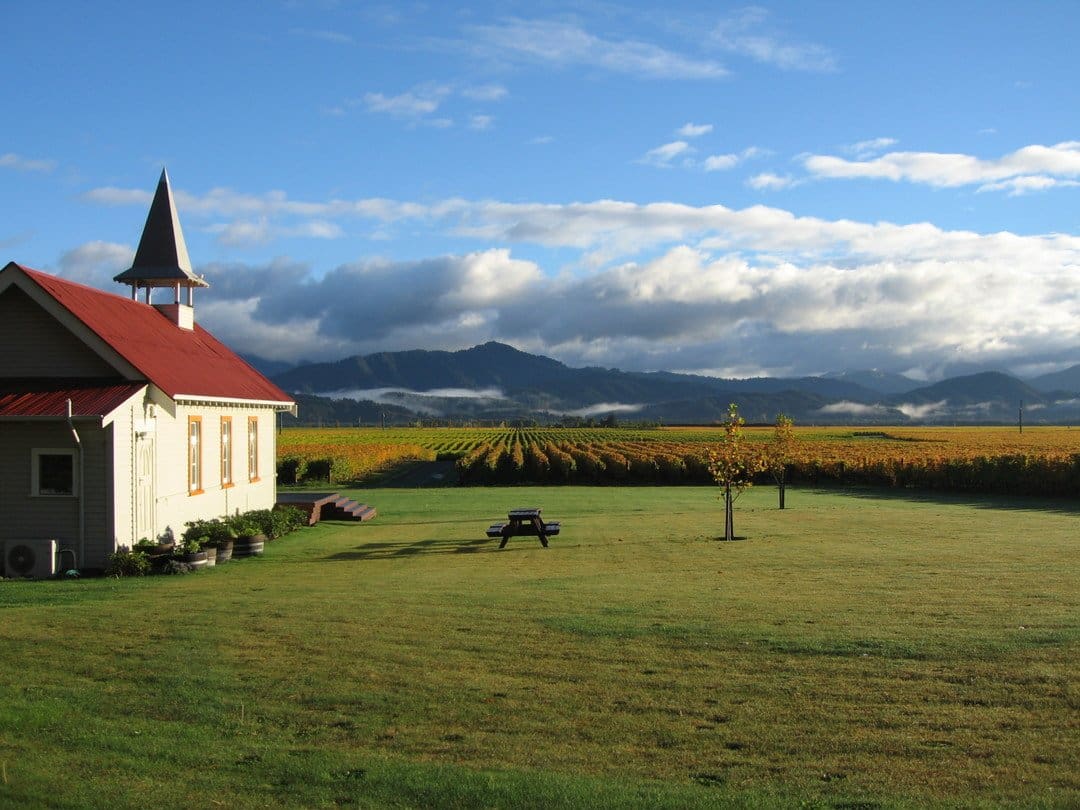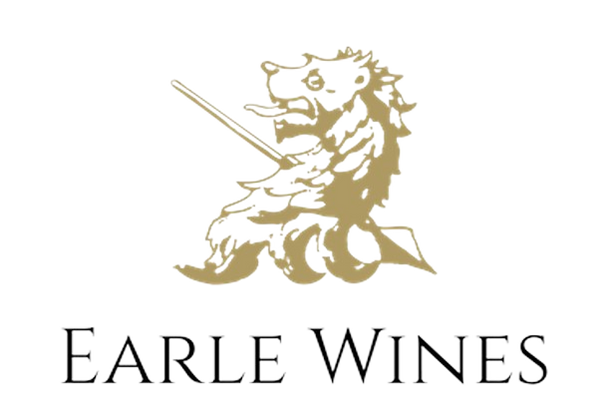
Clos Henri
French savoir-faire, New Zealand wine
The reputation of New Zealand wine is improving all the time. Henri Bourgeois is one of the most established winemakers in Sancerre. He and his sons were inspired to explore outside of the borders of what has already been done before. After 12 years of research, they discovered the ideal land in Marlborough, New Zealand. The result is the Clos Henri Vineyard.
A terroir unlike any other
The climate of Marlborough is a dry maritime one with warm sunny days and cool nights. This vineyard produces New Zealand wine from grapes are grown across three sites:
Greywacke
This site is 85 metres above sea level. It comprises of 80% river outwash gravel with a fertile top soil. Large stones absorb heat during the day and release it slowly during the night. This allows the grapevines to stay warmer for longer.
Broadbridge
Although just five metres away from Greywacke, the Broadbridge vineyard is a world apart in its geology. It lies south east of a fault line. These soils have a thick and dense layer of loess from the Wairau plains. There is also residue run-off from the Wither hills. Over time this has created a dense blue/grey clay.
Wither clays
At 120-150 metres above sea level this is the highest point of the vineyard. These soils have a thick and dense layer of loess from the Wairau plains which cover a layer of clay-bound Greywacke stone.
French traditions
In the French tradition, the entire vineyard is high densely planted. This forces the vines to compete with one another, resulting in highly concentrated grapes. The younger Pinot vines grow on three different soil types. All Pinot Noir is hand-picked in the cool, early mornings to retain fruit integrity. A mixture of French oak barrels and vats of varying ages are used to ferment and mature the wines.
-
Pinot Noir ~ Petit Clos Henri Marlborough
Prix habituel Du £18.95Prix habituelPrix unitaire / par -
Pinot Noir ~ Clos Henri Marlborough
Prix habituel Du £29.50Prix habituelPrix unitaire / par -
Marlborough ~ Petit Clos Henri Sauvignon
Prix habituel Du £23.50Prix habituelPrix unitaire / par -
Marlborough ~ Clos Henri – Sauvignon
Prix habituel Du £17.95Prix habituelPrix unitaire / par




